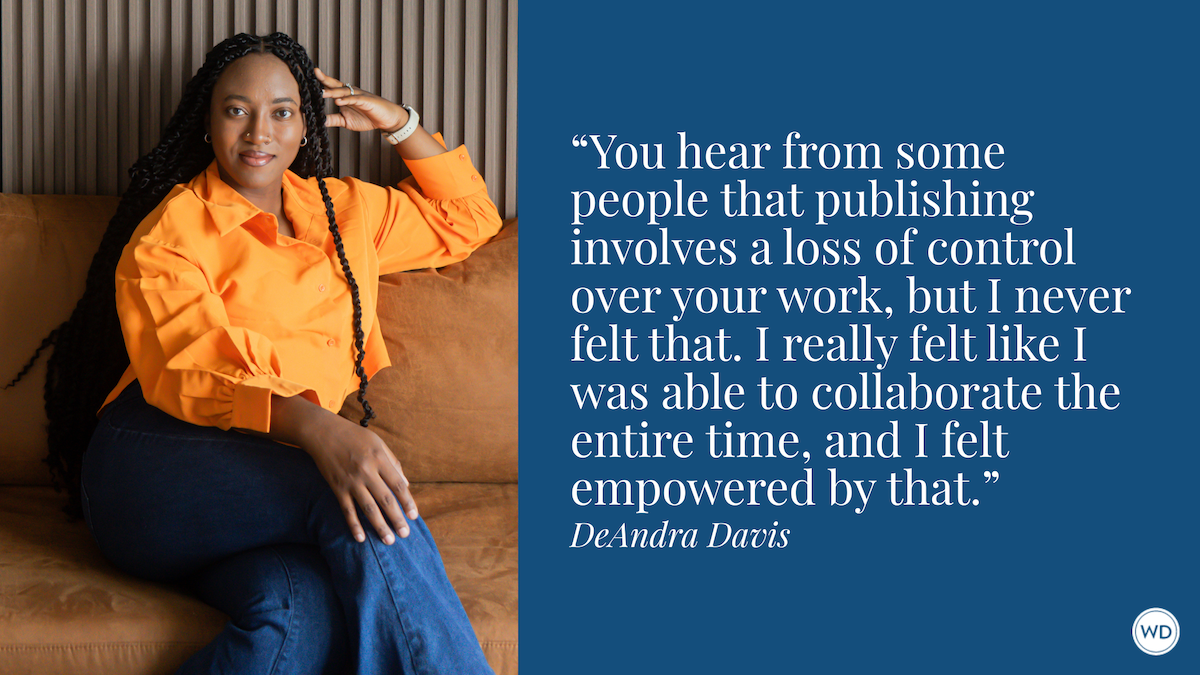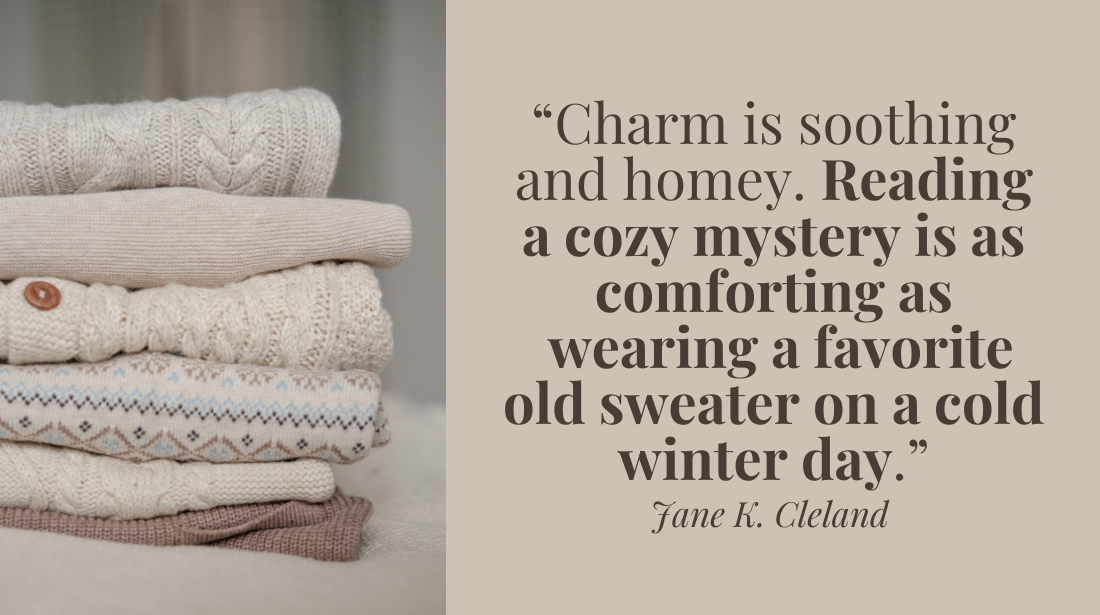The 3 Ps of Writing Romantic Suspense
Combining the tantalizing elements of romance with the relentless pacing of suspense can make for a heart-pounding reading experience. Here, New York Times bestselling author Laura Griffin shares was she calls the three Ps of writing romantic suspense.
Fans of romantic suspense fiction use words like “heart-pounding” and “spine-tingling” to describe their favorite novels. When done well, a romantic thriller uses the twin engines of suspense and sexual tension to power the story forward at a break-neck pace. But as writers of the genre will tell you, there is more to crafting a romantic suspense novel than taking a thriller and adding a few love scenes.
If you’d like some tips, below I share what I call the “Three Ps” of romantic suspense: Problem, Proximity, and Pacing, plus a word about endings.
Problem
Every story needs a strong conflict. Conflict is where your novel gets its tension, that invisible force that makes your readers turn the page. If you are accustomed to writing suspense, then you probably are skilled at recognizing the type of conflict that makes for an edge-of-your-seat story. Police chief needs to keep his beaches safe, but a deadly shark lurks in the water. (Jaws) Or: An assassin with amnesia must figure out his true identity before he himself is assassinated. (The Bourne Identity)
Finding a strong romantic conflict for your story is much the same. You want to provide your two lead characters with an obstacle they must overcome. Otherwise, they could simply meet at the beginning of the story, fall in love, solve the mystery together, and live happily ever after. The question you’re trying to answer with the romantic conflict is, “Why can’t these people be together right now?”
So, what makes for a good, juicy romantic conflict? You get to decide. Maybe he’s the prime suspect in the heroine’s murder investigation. Or maybe she’s a protected witness and he’s protecting her, so a relationship between them would be taboo.
You can get creative with backstory and complications, but the key is to make the conflict something meaty enough to carry the story for 400 pages. If you come up with something too easy to resolve, such as a misunderstanding that could be cleared up with a conversation, then your conflict is going to stall out early. Sometimes when this happens, an author is tempted to replace the missing conflict with verbal sparring between the hero and heroine, and—while sometimes entertaining—that can only take you so far. Too much witty banter and not enough genuine conflict can get annoying to your reader.
Before you begin writing, invest some time into developing a strong relationship conflict, which will ratchet up the tension in your story.
IndieBound | Bookshop | Amazon
[WD uses affiliate links.]
Proximity
If you come from a romance-writing background, you understand the importance of proximity. The key to building romantic tension is for the two lead characters to be together. And by that, I mean be together a lot!
Suspense writers often have scenes where the main characters are off interviewing witnesses and tracking down leads apart from each other. In a romance, even if your two leads are pursuing different avenues of the suspense plot, you have to find ways to put them together on the page.
Proximity is important because coming up with a strong romantic conflict is only the first step in building sexual tension. The next step is to create small moments of tension through their physical interaction. Phone calls and text messages are no substitute, no matter how much the information conveyed moves your suspense plot forward. We want to see these two people physically interacting, reading, and responding to each other’s body language. We want to see them tuned into each other’s looks, expressions, and tone of voice. The author needs to show, not tell, why these two people are attracted to one another.
Also, that attraction must go beyond physical descriptions. Anyone can come up with a laundry list of supposedly attractive physical traits and sprinkle them throughout a scene. But for your reader to truly believe these two people are falling for each other, you must go beyond bulging muscles and silky skin. Show your character not just looking sexy but doing something the other person finds attractive.
Pick attributes that are core to your lead characters and find a way to show the other person noticing those attributes for the first time. You can come back to these traits in big ways and small, laying the foundation for believable chemistry.
Pacing, Pacing, Pacing
One element that sets romantic suspense apart from other types of romance fiction is pacing. Your story must move swiftly and keep the reader on the edge of their seat.
As thriller writers know, there are all sorts of handy techniques to keep the story pace moving. One popular method is to create a ticking clock. Your protagonist must solve the mystery before the bomb goes off, the killer strikes again, or the bad guy escapes. Condensing the timeline is an effective way to ramp up suspense, but it can present a unique challenge for the romance side of your novel.
As you condense your timeline, it becomes increasingly difficult to develop a believable romance. Love at first sight is hard to pull off. And a whirlwind romance can be especially difficult to write convincingly if your characters are busy running for their lives, discovering corpses, and dodging bullets.
But you can find ways for the death-defying, high-octane moments to help you. The key is to make use of every scene in your novel. If you have a heart-pounding action scene, use the following scene to give your characters a breather. As they come down from an adrenalin rush, this is a critical time for them to build intimacy.
Use these quieter moments to showcase their emotional response to danger—which may be different for each of them. As your two main characters share these intense moments, it becomes more believable that they would form a strong bond quickly.
Don’t Blow Your Ending
If you are attempting to write a true romantic suspense, you need to put some thought into your HEA, or Happily Ever After.
HEAs can get a bad rap. Some writers claim they are boring or predictable. I disagree. To me, it is all about reader expectations.
When you pick up a murder mystery, you expect to learn who the killer is by the end of the final chapter. But imagine if you got to the end of that mystery, and after 400 pages of sifting through clues and trying to figure out whodunit, the lead detective suddenly developed magical powers that allowed him to read all the suspects’ minds and know who was guilty.
Would you feel cheated? I would. If I pick up a murder mystery, I am not expecting it to suddenly morph into a paranormal book at the end.
It’s the same with HEAs and HFN (Happy For Now) endings in romance fiction. All those letters really mean is that the reader expects the romantic relationship to have a positive resolution at the end. Does someone have to walk down the aisle? No. Flowers and wedding cakes are entirely optional. In fact, the more creative you can get with providing an emotionally satisfying ending, the better. Of course, you could decide to smash reader expectations and omit the HEA/HFN ending. But brace yourself for some hate mail and one-star reviews.
Romantic suspense is one of my favorite types of fiction because the pace and the tension never let up. When done well, romantic thrillers deliver an emotionally charged experience that your reader will want to come back to again and again.
Laura Griffin is the New York Times and USA Today bestselling author of more than 30 books and novellas. She is a two-time RITA Award winner, as well as the recipient of the Daphne du Maurier Award.








